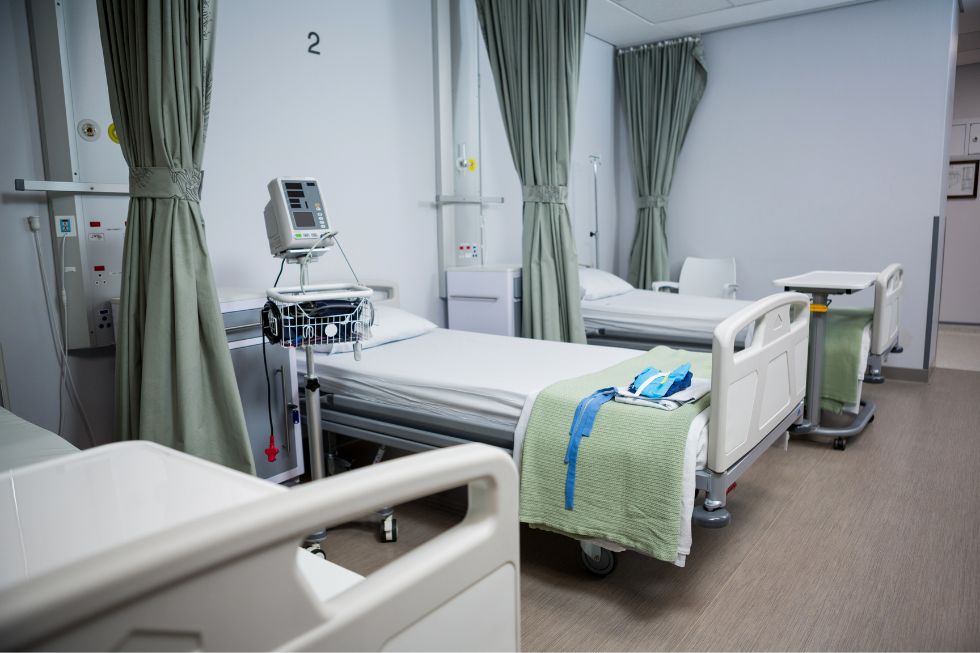In healthcare, every detail matters, right down to the size of the mattress on a hospital bed. A comfortable bed can speed up recovery time and improve patients’ experiences in your medical facility. Explore this insightful guidance on how to choose the right mattress size for your hospital bed, considering various aspects such as the bed frame size and patient requirements.
Assess the Bed Frame Size
Evaluating the bed frame’s size and type is essential for finding compatible bedding. The standard hospital bed mattress measures 36 inches by 80 inches, but facilities can purchase other sizes, too. Be sure to choose a product compatible with the dimensions and design of the bed frame.
When a mattress fits the bed frame correctly, it enhances patient comfort, safety, and health. Incorrect sizing can lead to complications such as pressure ulcers, falls, or a decrease in blood circulation. A comfortable bed can improve recovery times and help patients feel more relaxed, leading to better overall care.
Consider Patient Size and Weight
When choosing the right size mattress for your hospital bed, consider the patient’s size and weight. A bed that is too small can cause discomfort and lack proper support, while one that is too large can lead to the patient sliding during movement or transfers.
The bed should comfortably accommodate the patient’s body and provide the necessary support to alleviate pressure and maintain proper spinal alignment. While shopping for mattresses, look for weight capacity and size specifications.
Accommodate Patient Needs
Some patients might have specific medical conditions or mobility limitations that a well-designed mattress can support. For instance, patients with a higher risk of developing pressure ulcers might benefit from a pressure-relief mattress. The surface of this mattress type redistributes the patient’s weight, reducing pressure on sensitive areas and promoting better circulation.
Choosing the right size mattress for your hospital bed also involves considering whether a patient has any special positioning requirements or medical equipment that must be accommodated. Anticipating these needs ensures that the patient receives the right support and care during their stay.
Pro Tip: Replace Compromised Mattresses Immediately
Over time, mattresses experience wear and tear, losing their ability to provide adequate support and pressure relief. Furthermore, old or compromised bedding could harbor harmful bacteria or allergens, posing a risk to patient health. Don’t delay investing in a replacement mattress for the hospital bed to uphold hygiene standards.
Factor in Patient Length of Stay
Finally, it’s crucial to think about the patient’s expected length of stay in the hospital. All patients deserve a comfortable mattress, but patients who stay in your facility for longer require special attention. Thicker, high-quality padding can help distribute body weight more evenly, reducing pressure on vulnerable areas of the body and minimizing the risk of developing certain conditions.
Furthermore, a more substantial mattress can provide better spinal alignment, promoting good posture even in a lying down position. This is vital in preventing back and neck pain, which are common complaints among long-term hospital patients.
The right mattress contributes to patient comfort and safety, aids in preventive healthcare, and can accelerate recovery. Assess the bed frame size and consider the patient’s needs and expected length of stay while making your selection. Provide the best possible care for your patients by selecting a quality mattress from Piedmont Medical today.


Recent Comments